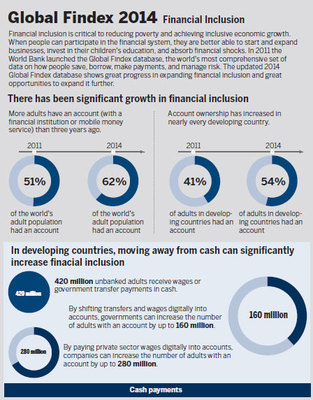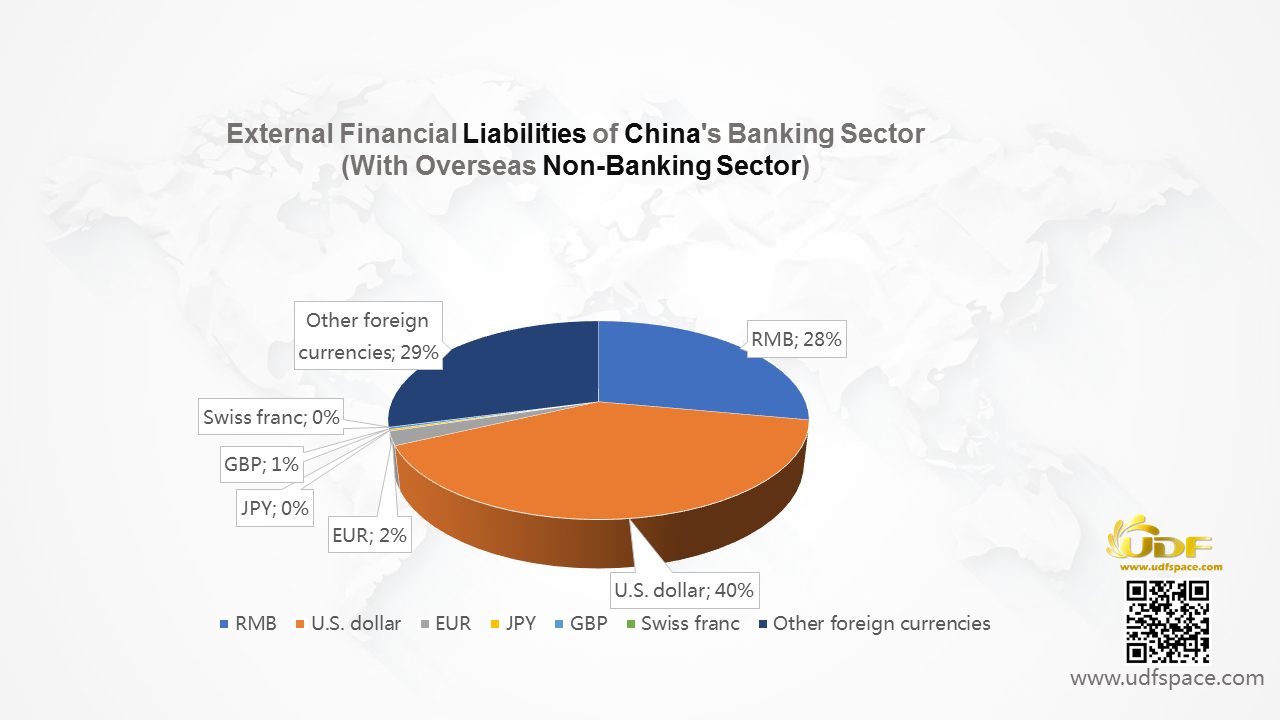Understanding Ninja Loans: The Risks and Benefits of No Income, No Job, No Assets Financing
#### What are Ninja Loans?Ninja loans, which stands for "No Income, No Job, and No Assets" loans, refer to a type of subprime mortgage that became popular d……
#### What are Ninja Loans?
Ninja loans, which stands for "No Income, No Job, and No Assets" loans, refer to a type of subprime mortgage that became popular during the housing boom of the early 2000s. These loans were designed for borrowers who had little to no verifiable income or financial stability, making them highly risky for lenders. The appeal of ninja loans was their accessibility; they offered individuals the opportunity to purchase homes without the traditional documentation required by most mortgage lenders.
#### The Rise of Ninja Loans
During the housing market boom, many lenders sought to capitalize on the growing demand for homeownership. Ninja loans emerged as a solution for those who might otherwise be unable to secure financing due to lack of income verification. Borrowers were often attracted to these loans because they could bypass traditional barriers to homeownership, such as credit checks and proof of income. Unfortunately, this lending practice contributed to the housing bubble and subsequent financial crisis of 2008.

#### Risks Associated with Ninja Loans
While ninja loans provided an avenue for homeownership for many, they also came with significant risks. The lack of income verification meant that many borrowers were not financially equipped to handle the responsibilities of homeownership. As a result, many borrowers defaulted on their loans when they could not keep up with mortgage payments, leading to foreclosures and a significant increase in the number of distressed properties on the market.
Additionally, lenders faced their own set of risks. The lack of due diligence in assessing a borrower's ability to repay the loan resulted in substantial financial losses for many institutions. As the housing market collapsed, the fallout from ninja loans contributed to the overall instability of the financial system.
#### The Aftermath of Ninja Loans

In the wake of the financial crisis, regulatory changes were implemented to prevent the recurrence of such risky lending practices. The Dodd-Frank Wall Street Reform and Consumer Protection Act introduced stricter guidelines for mortgage lending, including the requirement for lenders to verify a borrower's income and creditworthiness. These changes aimed to protect both borrowers and lenders from the pitfalls associated with ninja loans.
#### Conclusion: Are Ninja Loans Still a Viable Option?
Today, the concept of ninja loans has largely vanished from the mainstream lending landscape. The lessons learned from the financial crisis have instigated a more cautious approach to mortgage lending. While there may still be alternative financing options available for those with unconventional financial situations, they are typically accompanied by more stringent requirements and higher interest rates.
For potential homebuyers, it is crucial to understand the risks associated with any type of loan, especially those that resemble the characteristics of ninja loans. Seeking advice from financial professionals and thoroughly assessing one's financial situation can help ensure a more stable path to homeownership.

In summary, ninja loans represent a cautionary tale in the world of mortgage lending. They highlight the importance of responsible lending practices and the need for borrowers to fully understand their financial commitments. As the housing market continues to evolve, it remains essential to prioritize financial stability and transparency in the pursuit of homeownership.